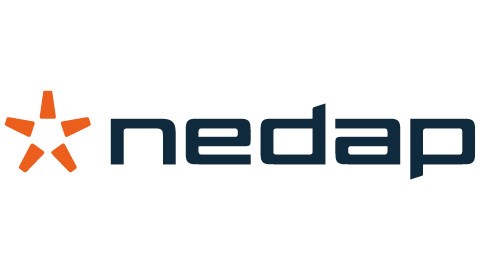The pre-port “Tankpark” Moorfleet at Hamburg Port Authority (HPA) is a park, rest and service area for truckers whose destination are the three main container terminals at the Port of Hamburg. The pre-port area pursued an innovative system with high accuracy for autonomous occupancy control of the limited truck parking capacity.
Optimized Utilization of Parking Capacity
In the past, the capacity of the existing rest areas was not sufficient during peak times and at night which led to parking violations in adjacent areas. This resulted in road safety risks, pollution, garbage, and search traffic by trucks with container trailers. A combination of insufficient parking spaces and missing information for truck drivers about the parking locations and vacant parking spaces resulted in unnecessary search traffic.
The Hamburg Port Authorities (HPA) contracted T-Systems to develop a smart parking system which optimizes the utilization of the existing capacity based on demand and considering the parking space availability, the road traffic situation, and the processes at the port terminals in real-time.
Smart Truck Parking Guidance
They deployed Nedap’s SENSIT smart parking sensors at all truck parking areas in the Port of Hamburg and transferred the processed occupancy information to HPA’s own Port Road Management Center (PRMC). Thanks to this solution, truckers are guided to available parking spaces near their destination quickly and efficiently.
Award-Winning Solution
Nedap’s SENSIT single-space detection sensors with double detection technology were introduced over a decade ago, featuring market-unknown high-accuracy in real-time, which also allows truck applications. The single-space sensors feature both IR and Magnetic detection technology and have been awarded the international parking innovation award and installed all over the world.
Benefits for Truck Drivers
The real-time occupancy status of the HPA Smart Parking Area is visible for all truck drivers on the PRMC controlled roadside DIVA displays and is combined with the public traffic information.
Trucks enter the HPA Smart Area Parking and are registered with ANPR cameras. In the rest and catering area, the drivers need to register license plate number, truck dimensions and expected time of departure on a terminal. T-Systems International GmbH developed smart algorithms to process all information, calculate the parking fee and determine the assigned parking row considering an optimal departure of all the trucks.
Smart and Sustainable Area Parking Featuring:
- Optimized and SMART parking space utilization
- Real-time occupancy information for truck drivers
- In-ground parking space sensors
- Dual detection technology
- Fewer emissions for a greener Port Environment
“The Smart Area Parking system offers truckers accurate information about vacant parking spaces near our port. It reduces search traffic, parking violations, and consequential emissions and contributes the ports sustainability goals. Ultimately this system resulted in higher utilization of the existing parking capacity,” says Hermann D. Grünfeld, Hamburg Port Authority AöR.
About Nedap 
Since the company’s founding in 1929, Nederlandsche Apparatenfabriek ‘Nedap’ N.V. has been manufacturing smart technical applications for the challenges of today and tomorrow and selling them all over the world. Headquartered in Groenlo in the Netherlands, Nedap boasts a workforce of approx. 680 employees and operates on a global scale, while the company has been listed on Euronext Amsterdam since 1947.
Nedap Identification Systems is the leading specialist in systems for long-range identification, wireless vehicle detection, and city access control. Readers, sensors, and controllers optimize, monitor and control the movement of vehicles and people. Safe, secure and efficient.






